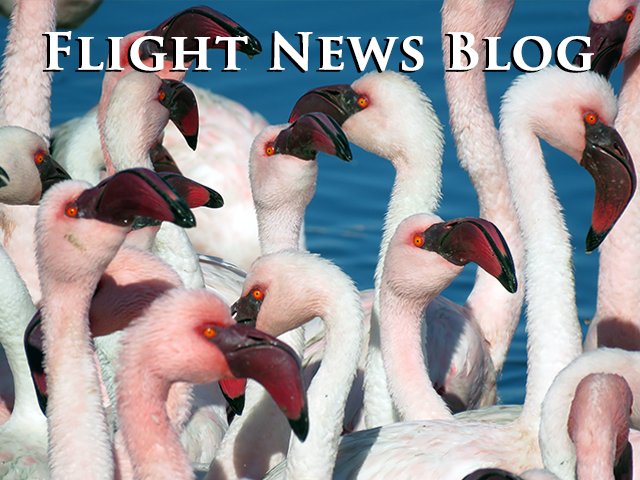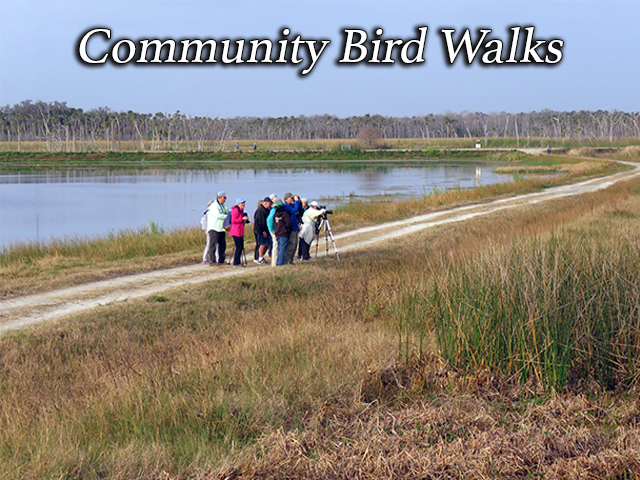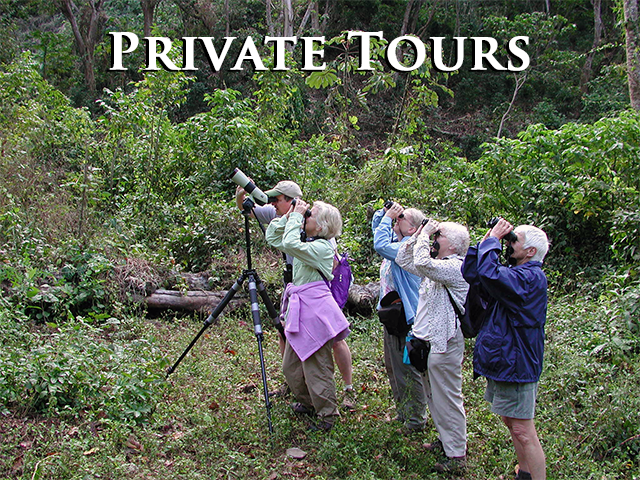Romania

Birds & Castles in the Land of Dracula
August 29–September 9, 2022

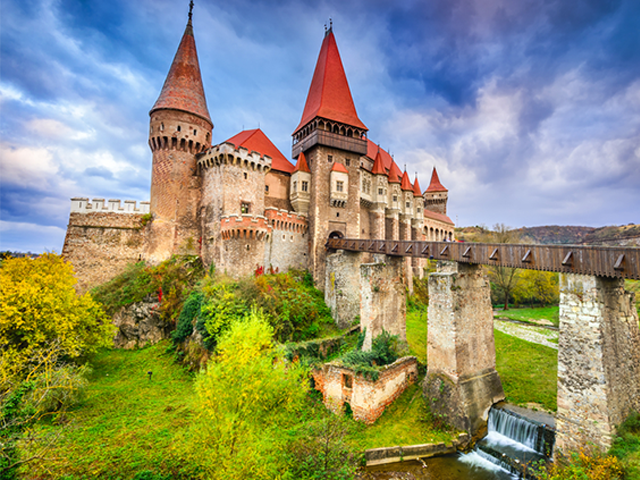

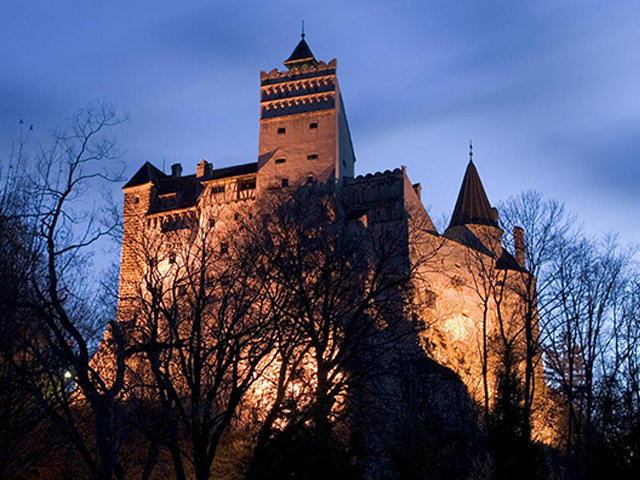
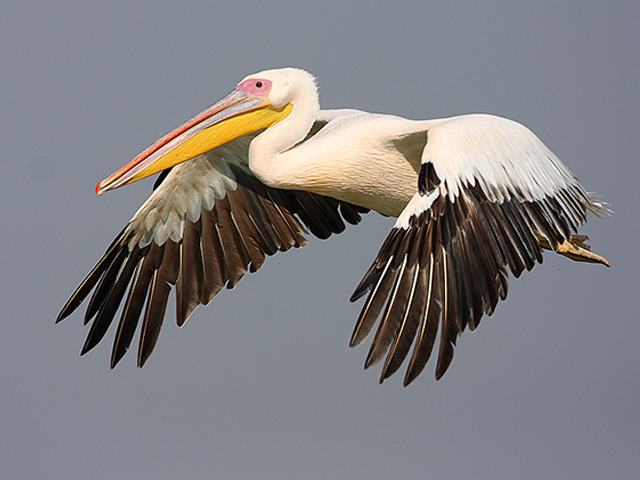
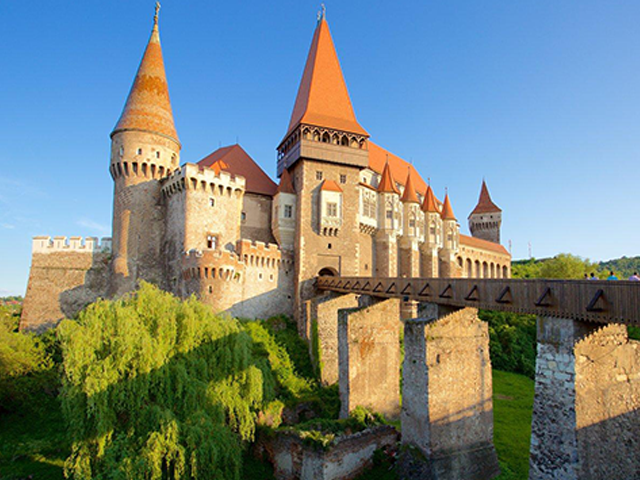
Your place on this Venture is reserved when your completed registration form and deposit of $300/person has been received. Deposit may be made via the ‘book now’ button above, or by contacting the Ventures office. We accept credit cards for an additional fee (2.9% for MC, Visa, Discover; 3.9% for AmEx), but you may also pay by bank transfer, cash, check, or money order (payable to ‘VENTURES BIRDING’) sent to PO Box 1095, Skyland, NC 28776. This Venture is limited to 10 participants.
Cost of Romania: Birds & Castles Venture $3,895 per person from Bucharest, based on double occupancy; single supplement - $360 Includes: All ground transportation, all accommodation, meals, entrance fees, information packet & bird checklist, guide/leader service throughout. Not included: Airfare to Bucharest, alcoholic beverages, laundry, and other items of a personal nature.
Join us for this new and exciting Venture to the eastern European nation of Romania, home of the legendary Dracula! Our 12-day trip takes participants from the Black Sea coastline and bird-rich Danube delta to the spectacular Carpathian Mountains of Transylvania, at the height of fall migration. In addition to birding, we visit several of the country’s marvelous castles and medieval villages, many of which boast some connection to Dracula – either to Bram Stoker’s popular character of legend, or the historical figure of Vlad Tepes (Vlad III, ‘The Impaler’), upon whom the Dracula character is loosely based.
From the capital of Bucharest we head east to the coast of the Black Sea, home of some of Europe’s best birding refuges. Over the course of several days, we’ll work our way north up the coast toward the Danube Delta, a vitally important area for waterbirds and migratory shorebirds. Here, squadrons of Great White & Dalmatian Pelicans, Pygmy Cormorants, Purple & Squacco Herons, and Ferruginous Duck abound while the reedbeds are full of a variety of warblers (such as Paddyfield, Eastern Olivaceous, and Wood). We’ll search the nearby Cheia Gorge for Pied, Isabelline, and Black-eared Wheatears plus Red-backed and Lesser Gray Shrikes, while in the excellent Bababag Forest we look for Black, Middle Spotted, and Gray-headed Woodpeckers. This diverse section of country also hosts an excellent variety of raptors with Long-legged Buzzard, Levant Sparrowhawk, Lesser Spotted and White-tailed Eagles, and Red-footed Falcons all being possible. We then turn west and make for the legendary Transylvania and the scenic Carpathian Mountains, where we hope to find many of our high-elevation targets including the incomparable Wallcreeper, Alpine Accentor, Eurasian Three-toed Woodpecker, Ural Owl, Red-breasted Flycatcher, and more.
Aside from being the literary setting of Dracula’s ruined castle, Transylvania played an important role in Medieval Europe’s history. Once sandwiched between the westward-advancing Ottoman Empire and the steadfast Kingdom of Hungary, the region and those surrounding played host to innumerable conflicts in the late Middle Ages, spawning a collection of fortresses, castles, and fortified villages, many of which remain well-preserved. Among the fantastic, memorable landmarks we will visit are Bran Castle (‘Castle Dracula’), Poenari Fortress, Hunedoara, and Sighisoara (UNESCO world heritage sites), plus the much younger, neo-Renaissance Peles Castle.
Some of the Birds We Hope to Encounter:
Ferruginous Duck; Little, Red-necked, Eared, and Great Crested Grebes; Black-winged Stilt, Pied Avocet; Ruff; Little Stint; Spotted & Common Redshanks; Marsh & Wood Sandpipers; Collared Pratincole; Black-headed, Little, Mediterranean, Mew, Yellow-legged, and Caspian Gulls; Little, White-winged, and Whiskered Terns; Black & White Storks; Pygmy & Great Cormorants; Great White & Dalmatian Pelicans; Purple, & Squacco Herons; Short-toed, Lesser Spotted, Booted, White-tailed, Imperial & Golden Eagles; Levant Sparrowhawk, Northern Goshawk, Black Kite, Common & Long-legged Buzzards; Little, Tawny, Eurasian Eagle, and Ural Owls; European Bee-eater; European Roller; Eurasian Three-toed, Middle Spotted, Syrian, Gray-headed, Eurasian Green, and Black Woodpeckers; Red-footed & Saker Falcons; Red-backed & Lesser Gray Shrikes; Eurasian Golden Oriole; Eurasian Jay; Eurasian Nutcracker; Bearded Reedling; Coal, Sombre, Marsh, Willow and Eurasian Penduline Tits; Wallcreeper; Wood, Willow, Eastern Olivaceous, Icterine, Sedge, Paddyfield, Great Reed, Savi’s, Garden, and Barred Warblers; Spotted, Collared, & Red-breasted Flycatchers; Black & Common Redstarts; Rufous-tailed Rock-Thrush; Northern, Pied, Black-eared, & Isabelline Wheatears; Fieldfare; Ring Ouzel; Alpine Accentor; Dunnock; Gray, Western Yellow, and White Wagtails; Hawfinch; European Goldfinch; Yellowhammer, and many more.


